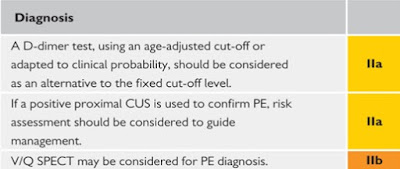Clinical presentation of Acute Pulmonary Embolism

The clinical signs and symptoms of acute PE are non-specific. In most cases, Pulmonary Embolism is suspected in a patient with dyspnoea, chest pain, pre-syncope or syncope, or haemoptysis. Haemodynamic instability is a rare but important form of clinical presentation, as it indicates central or extensive PE with severely reduced haemodynamic reserve. Syncope may occur, and is associated with a higher prevalence of haemodynamic instability and RV dysfunction. Conversely, and according to the results of a recent study, acute PE may be a frequent finding in patients presenting with syncope (17%), even in the presence of an alternative explanation.